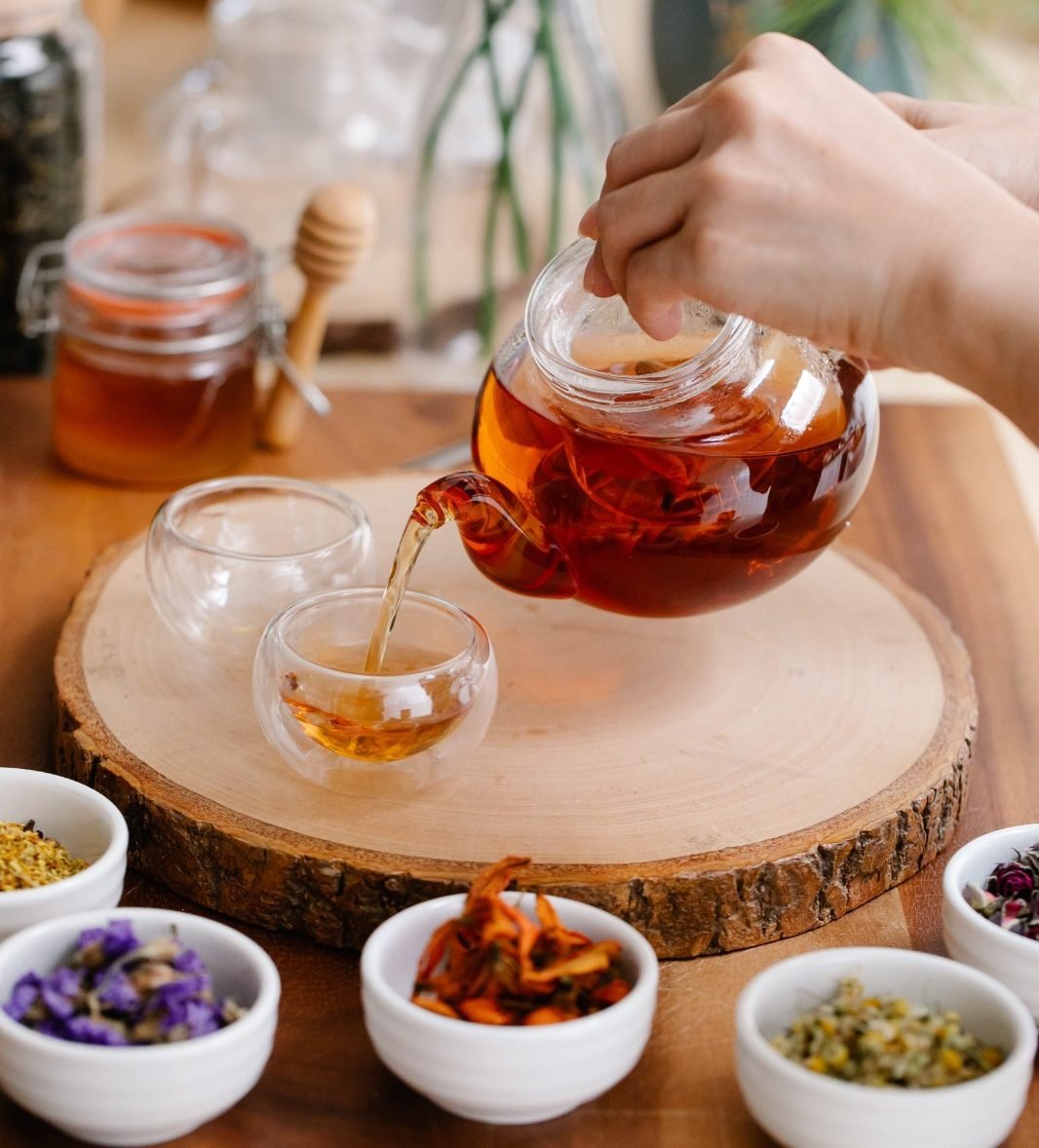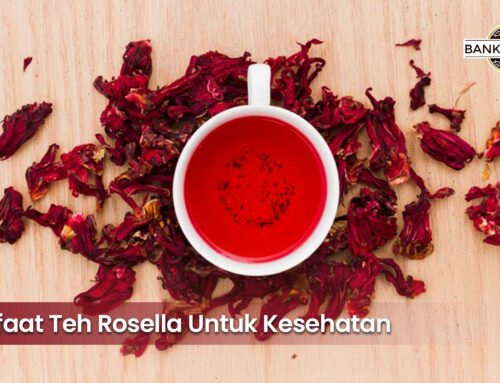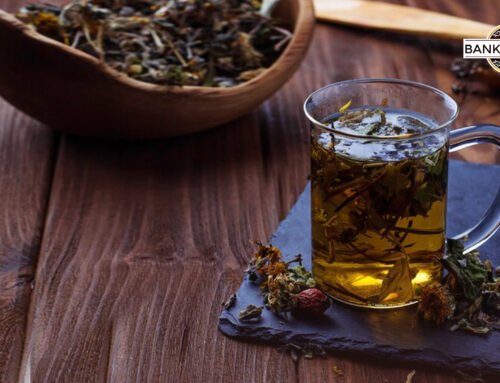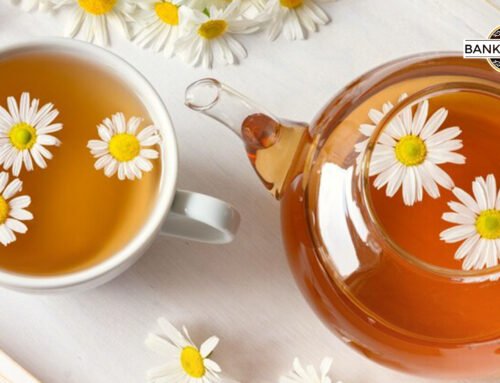You might know chrysanthemums, or mums, as a many-petaled flower found all over the world in garden beds and flowerpots. Chrysanthemum blooms range from pale yellow to bright red, with some purple and white varieties.
Depicted for centuries in art, they’re not just pretty to look at. Chrysanthemums are also edible and have been used for medicinal purposes for thousands of years.
The tea brewed from the dried flowers has a golden hue and a mild, flowery flavor similar to chamomile. The flower’s leaves and stalks can also be blanched (briefly plunged into boiling water) or eaten raw in salads.
Health benefits
Current research appears to support some of the medicinal benefits of chrysanthemums.
One study Trusted Source found that chemicals extracted from chrysanthemum flowers may help reduce inflammation. Chemical compounds in the flowers may also help prevent bone loss and treat osteoporosis, according to another studyTrusted Source.
Chrysanthemums may have anti-obesity effects, too. A 2019 study found that taking chrysanthemum leaf ethanol extract helped prevent obesity.
Other research also indicates that components of the flower may help improve high blood sugar and possibly help prevent type 2 diabetes.
Still, many of the studies on chrysanthemum are done in a laboratory.
Nutritionist Renee Rosen, trained at the Institute for Integrative Nutrition, has researched chrysanthemum extensively. “One cannot expect to take chrysanthemum and have a miraculous recovery from osteoporosis or to calm nerves overnight,” she says.
Rosen advises ensuring the purity and concentration of the preparation. She also recommends taking chrysanthemum for a long period of time to reap the benefits.
Having studied the purported cooling and anti-inflammatory effects of chrysanthemum, Rosen says, “What seems realistic is that over very long periods of time, some people with the right body constitution can use chrysanthemum to reduce heat and inflammation.”
What traditional Chinese Medicine Says
Chrysanthemum has been used for thousands of years in Chinese medicine, with people breeding over 3,000 types of chrysanthemum flowers.
According to research, chrysanthemum is traditionally known for “cleaning heat and toxin” and “scattering cold.” Chinese medicine has used it to treat many conditions, including:
- eye pain
- headache
- hypertension (high blood pressure)
- sore throat
Dr. J. D. Yang is an expert in Chinese and integrative medicine and founder of Tao Integrative. “Chinese medicine categorizes herbs based on energetic properties rather than the chemical ingredients,” he says. “Chrysanthemum provides mildly cold energy. It has special affinity to the energy channels that lead to the lungs, liver, spleen, and kidneys.”
These uses aren’t supported by contemporary scientific research but have a lengthy history. Chrysanthemum, or “Ju Hua,” as it’s known in Chinese, is also recommended for reducing fever and cold symptoms in the early stages.
For those of you who want to consume chrysanthemum tea, make sure you only use plants that have not been sprayed with pesticides or other garden chemicals.
If you are afraid and don’t know the difference between plants that use chemicals, we have a solution, especially for those of you who live in the tangerang area, you just have to come to the Serbafood Restaurant with the concept of Tea House and Asian Healthy Food (No MSG, No. Pork, With Tea Organic). you are sure to get original Indonesian premium quality tea drinks from the Bankitwangi brand and healthy food.







